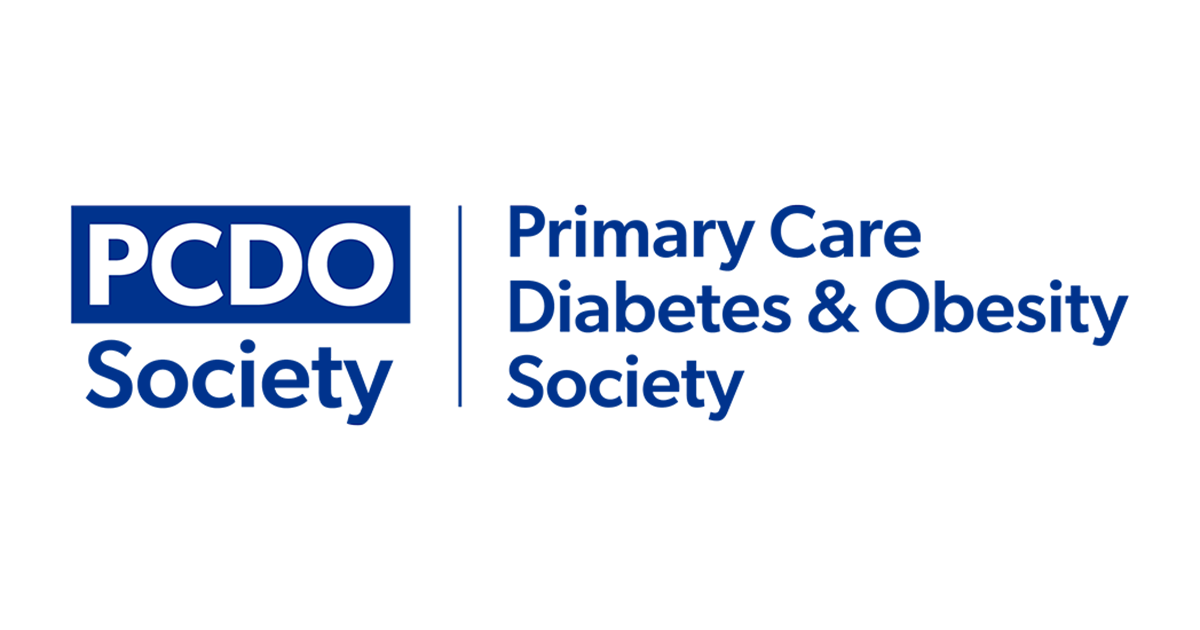Clinical audit has been defined as “a quality improvement process that seeks to improve patient care and outcomes, through systematic review of care against explicit criteria and the implementation of change” (NICE, 2002). Borrowed initially from accountancy practice, clinical audit has emerged as an important tool to ensure that patient-centred processes are being followed, as well as providing a framework to enable improvements to be made.
There are a number of important process steps in high-quality diabetes care, and so it lends itself well to clinical audit. Healthcare professionals (HCPs) in the UK have become experts at recording these processes on GP clinical systems as part of the Quality and Outcomes Framework (QOF). In turn these data have been extracted, and used as part of the National Diabetes Audit (NDA), helping to create a picture of the quality of diabetes care throughout England and Wales.
National Diabetes Audits
In 2011, the Foundation of European Nurses in Diabetes (FEND) and the International Diabetes Federation (IDF) surveyed diabetes prevalence and care across the member states of the EU (www.idf.org/sites/default/files/ThePolicyPuzzleBook.pdf). They discovered quite large variations in diabetes prevalence across the member states, and were surprised that they could not identify many attempts to develop national diabetes registers or to perform diabetes audits at a national level.
An exception to this has been the NDAs for England, which extend back to 2004/2005, and the more recent of which have been published (The Information Centre, 2012a). These are very impressive documents, rightly described as the largest clinical diabetes audit in the world. Because of the high quality of the data and comprehensive coverage, they shine a spotlight on the quality of diabetes care in England. These data are gathered from both primary and secondary care, but the nature of the data extraction, and the wide participation of general practice, means that it reflects what is happening in English and Welsh general practice.
In 2002, the Welsh Assembly government published a National Service Framework for diabetes in Wales (Welsh Assembly Government, 2002), and in 2005, the Audit Commission in Wales published a baseline review of diabetes services in Wales (Audit Commission in Wales, 2005). More recently, the NDA has included data extracted from almost 50% of practices in Wales, although the coverage is less extensive than in England.
In 2011, the Scottish Diabetes survey was published (Scottish Diabetes Survey Monitoring Group, 2011), as part of an ongoing survey of diabetes care in Scotland, also extending back over approximately 10 years. In this instance the data are collected through the SCI-DC data capture system (www.sci-diabetes.scot.nhs.uk) and are as comprehensive as the NDA. There is not a similar comprehensive diabetes audit for Ireland, although in 2008, data were published on a survey of diabetes care in hospital in Northern Ireland and the Republic of Ireland (Cooperation and Working Together, 2008).
Important data from National Audits
NICE defines nine processes that are vital in the annual review of diabetes care: measurements of weight, blood pressure, smoking status, a record of HbA1c, urinary albumin, serum creatinine, cholesterol, and tests for retinopathy and neuropathy (Department of Health, 2011). What does the NDA tell us about how well these processes are being achieved? In England, 54.3% of patients received all nine care processes, up from the 5% recorded in the first NDA report in 2004/2005, demonstrating how much improvement has been made. In Wales, 60% of patients received all nine care processes, although a much higher percentage of practices achieved eight of the nine care processes.
NICE also specifies treatment targets for HbA1c, blood pressure and cholesterol based on the best current evidence. What does the NDA tell us about how well these targets are being achieved? Taking England and Wales as a whole, approximately 63% of patients had an HbA1c ≤58 mmol/mol (≤7.5%), 77.6% had a total cholesterol <5 mmol/L and 35% had blood pressure control within NICE recommended targets of 140/80 mmHg (<130/80 mmHg if there is kidney, eye or cerebrovascular damage). A much smaller percentage achieved all three targets. Whilst not directly comparable, the data are broadly similar in Scotland.
In a second report, the NDA (The Information Centre, 2012b) has looked at complications and mortality. The audit points to the high number of additional deaths associated with diabetes, with annual estimates of 22 200 additional deaths in England and 1920 in Wales. Multivariate analysis shows complications of diabetes and social deprivation are closely associated with the additional risk of death. The years of life lost are especially notable in people with type 1 diabetes. In an additional separate report, (The Information Centre, 2012c), the NDA points out that only 10% of people with diabetes were offered or attended structured education programmes. This is important, as referral to diabetes education programme may be included in the 2013/2014 QOF.
Finally, hidden within all these data are a number of worrying facts or trends. There is a substantial variation in the risks of diabetic complications and death between different primary care trusts (PCTs) and local health boards (Wales). Here, GP-extracted data are combined with hospital data to search for important outcomes. The rise in diabetic ketoacidosis (DKA) is a major concern, with 8472 people admitted to hospital at least once for DKA during 2010–2011 in England and Wales. DKA is associated with social deprivation and being a young female. (DKA is covered in more detail as one of the topics in this issue’s CPD module; see pages 29–37.)
The NDA highlights the impact of heart failure on mortality in people with diabetes, which is more than double that for myocardial infarction or stroke. Heart failure is the complication that confers the highest risk of death in the short term. Finally, paradoxically, the worst overall diabetes care standards in general seems to be measured in people with type 1 diabetes younger than 55 years.
Lessons learned
By international standards, the quality and comprehensive nature of these diabetes audits is world class. The NDA data on 2.2 illion people with diabetes extracted from GP databases throughout England make it particularly comprehensive. Countries such as Denmark and Sweden attempt similar data retrieval, as does the Kaiser Permanente organisation in the USA. None achieve these degrees of coverage. HCPs working in primary care in the UK should be pleased to be performing to such a high standard.
Unfortunately, the House of Commons select committee do not see these data in this light. In an adjoining editorial, Brian Karet reflects on their deliberations on the report (Karet, 2013). Predictably, they point to the apparently wide variation in outcomes between PCTs, especially amputations, in diabetes. Reflecting on the data, Diabetes UK also adopts this theme and calls for more resources for diabetes care.
None of this takes away from the hard work of primary care HCPs, who remain patient focussed whilst returning some of the best diabetes care in the world. Nevertheless, this audit points out that subgroups of people who need increased vigilance are younger people with diabetes, people subject to social deprivation, young females with type 1 diabetes at risk of DKA, people with diabetes with peripheral neuropathy, and people with diabetes who also have heart failure.




How to minimise loss of muscle mass when using GLP-1-based therapies for weight loss.
26 Mar 2025